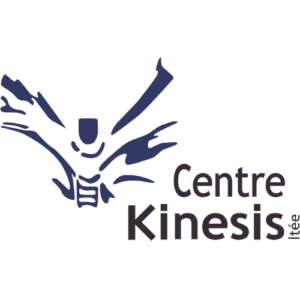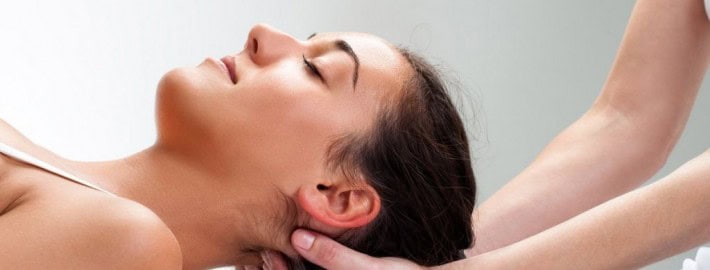Osteopathy
Osteopathy is a Natural Complementary Medicine based on a thorough knowledge of the anatomy, biomechanics and physiology of the human body. The goal of osteopathy is to treat the causes of pain and functional disorders in order to restore balance in the body to promote optimal health in people of all ages.
Osteopathic treatment is unique to every person. The osteopath takes into account the totality of each individual and seeks to identify the cause or causes of their symptoms. The practitioner does not treat the disease, but the person. With their osteopathic vision, they focus on the health and recovery of people so that they can have the strength to maintain their health autonomously.
Treatment
In practice, when the condition of the patient exceeds its capacity and understanding, the osteopath does not hesitate to refer to a doctor or other health professional. An osteopathic treatment begins with a complete history, which relates to the health history, associated conditions, symptoms and traumas that the patient has experienced in his life. Then, the osteopath performs an assessment of the posture as well as a biomechanical evaluation of the movements. They perform tests to determine the positioning, mobility and vitality of all body structures. Overall, the osteopath uses precise, gentle and safe manual adjusting techniques to restore optimal mobility to bones, muscles, fascia, nerves and organs. The techniques used are intended to enable the structures to perform their natural function.
For who?
General Population
This approach, both preventive and curative, is appropriate for most conditions and for all ages. Here are the benefits of osteopathy:
- Musculoskeletal pain (acute or chronic)
- Tendonitis, bursitis, capsulitis
- Back and neck pain (disc herniation, back pain, sprain, sciatica, neck pain)
- Hip, knee, ankle, shoulder, elbow, neck, jaw (TMJ)
- Promote and accelerate the healing of wounds (following a fracture, accident or sprain)
- Maintaining good physical and mental health
- Addresses general disorders
- Headache, migraine, neuralgia
- Fatigue, stress, anxiety, depression (improvement of hormonal function)
- Approaches the visceral functioning (respiratory, cardiac, digestive, gynecological, urological)
The child and adolescent
The osteopath assists them and ensures their healthy growth by allowing their body to move and live without problems. The osteopath can help children after a fall, a nasty virus, pain in the knee, neck or elsewhere by working gently to relieve sore areas.
Other benefits of osteopathy include :
- Promotes the integration of orthodontic appliances
- Addresses the difficulties of concentration
- Addresses learning disabilities
- Addresses anxiety disorders
The infant
The osteopath helps the infant overcome difficulties in such as swallowing or breathing, stomach pain, crying, earaches, flat head problems or heads that only turns on one side.
Other benefits of osteopathy include :
- Facilitates breastfeeding
- Facilitates digestion (reflux, colic, regurgitation, constipation)
- Engine development assistance
- Makes sleep easier
- Approaches cases of plagiocephaly and stiff neck from birth
- Promotes the integration of childbirth and interventions
For women
During pregnancy or after childbirth, women’s body undergo multiple rapid changes. Osteopathy offers pre and post delivery follow up to ensure the flexibility and integrity of the pelvis and spine.
For women in general, osteopathy can help premenstrual syndromes as well as abdominal pain.
Other applications of osteopathy in women include:
- Addressing infertility disorders
- Menstrual pain
- Addresses pre-menopause and menopause
- Pain in sexual intercourse
- Preparing for childbirth
- Pain in the coccyx and pubic symphysis
- Postpartum depression
For sportive poeple
Osteopathy is able to identify imbalances to treat or help the athlete in their recovery and performance.
- Prevents and accelerates the healing of injuries due to impact forces or over-use
- Treatment of concussions
- Treats symptoms of tendinitis, periostitis, plantar fasciitis, sprain, etc.
Written by: Myriam Ménard
Therapists who offer this service:
Myriam Ménard,
Farah Belalia,
Jean-François Ladouceur



